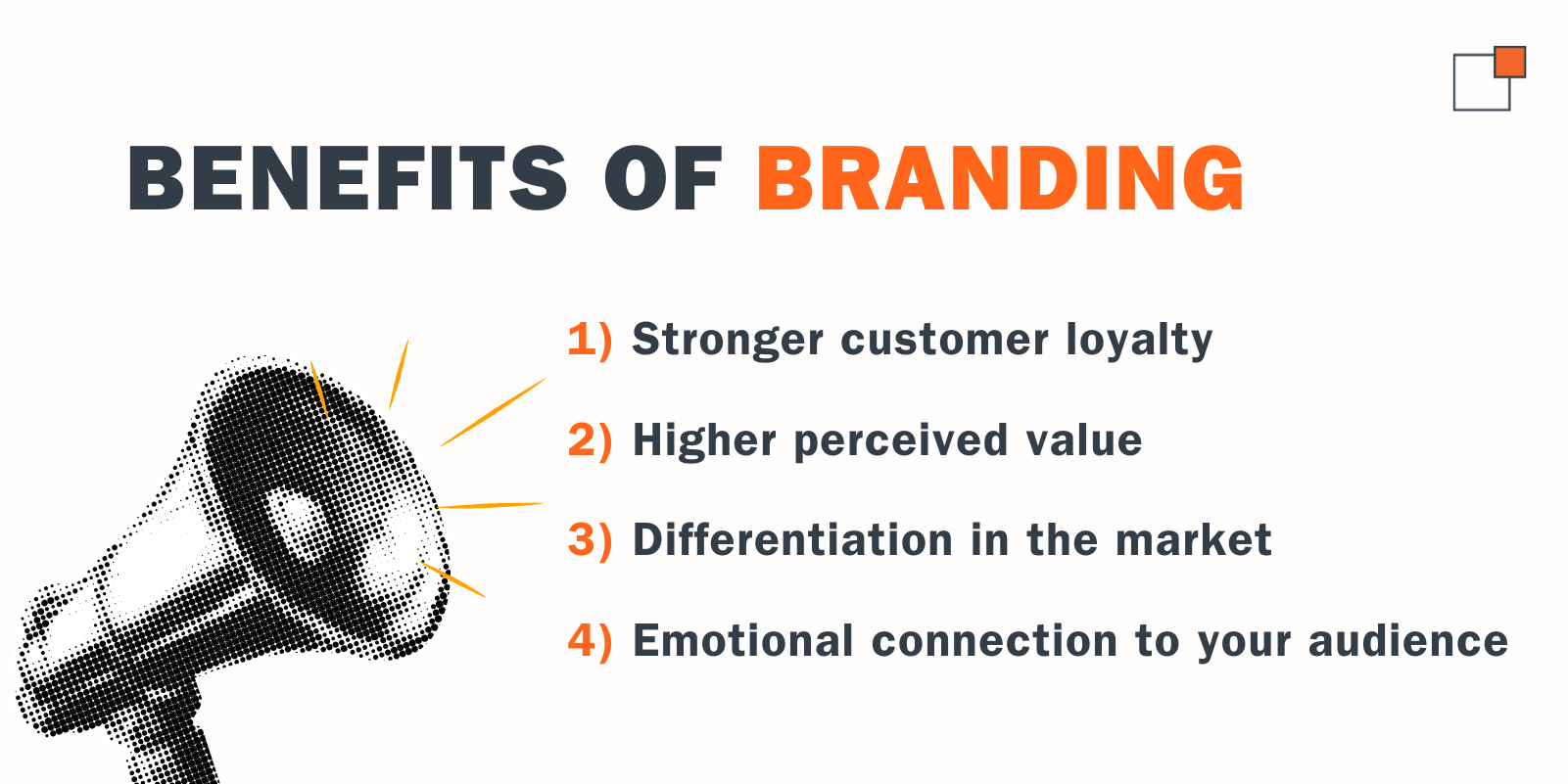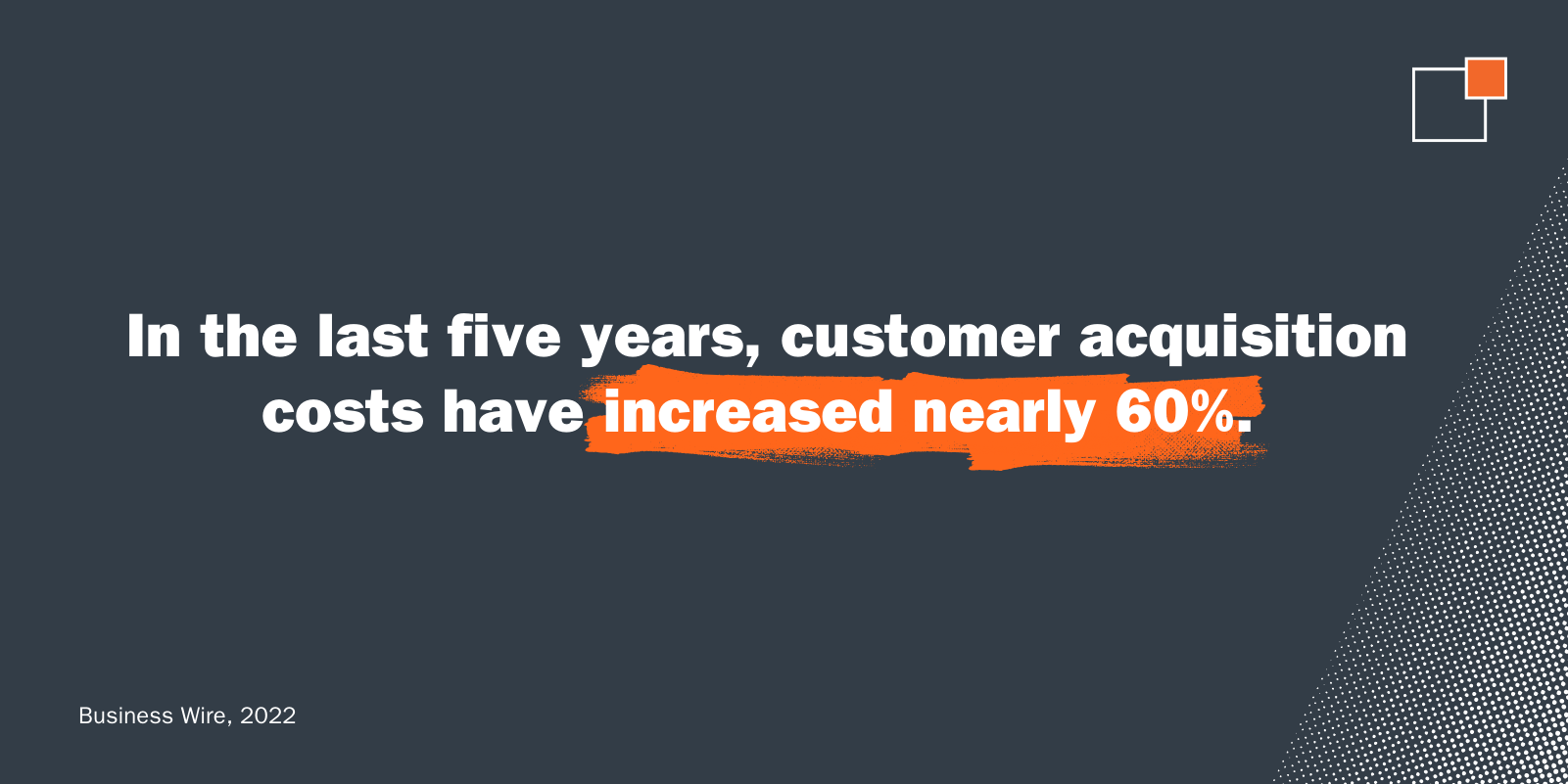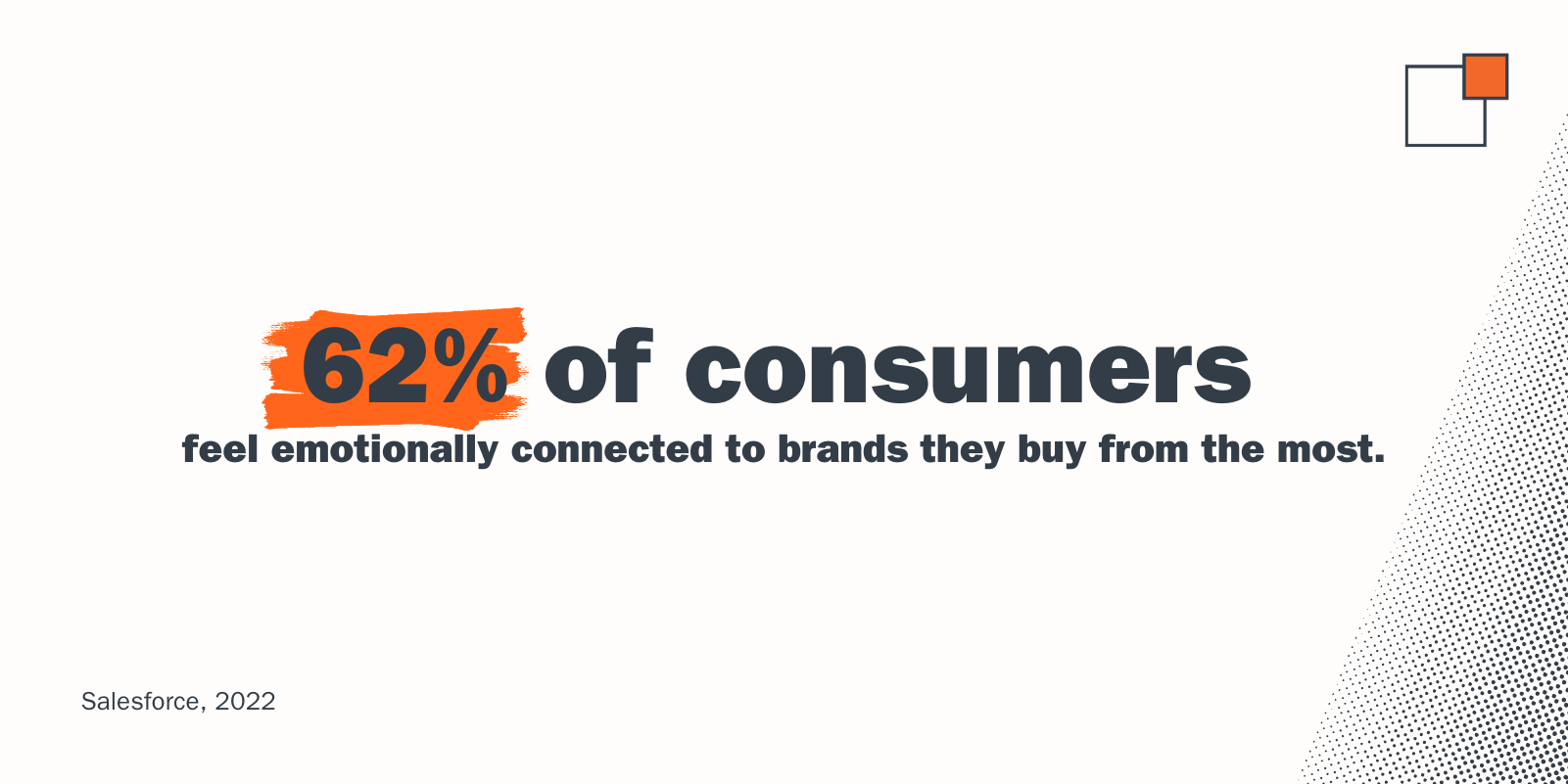Branding: More Than Meets the Eye
Why branding is important
POV: you’re walking down a grocery aisle and spot the familiar vibrant blue packaging of America’s cookie: Oreos. You snatch a pack of Double Stuf, but as you place it into your cart, your eye catches on the “Limited Edition” pack next to it. Before even reading the flavor, you’re walking away with it in your cart. Why? Because even their weirdest cookies haven’t let you down – you love the experience they’ve made surrounding trying unique combinations. You trust them. That’s branding in action.
It’s not just about recognition but trust, emotion and connection. For businesses, branding is the foundation of growth. It’s how you introduce yourself to the world, how you stay in people’s minds and how you turn one-time buyers into loyal fans.
If you think branding is just a “nice-to-have,” think again.

Branding is your business’s story, which you tell through visuals, words and experiences. It’s your identity – your values, personality and promises you make to your audience. It’s how you show up in the market and directly affects how people feel about you.


Visual Identity: Your logo, colors and typography that catch your audience’s eye.
Brand Messaging: The what, how and why of your business, giving depth to your visuals and communicating your purpose.
Visual branding and messaging go hand in hand if you want to build a brand that truly resonates with your audience. Without clear messaging, your visuals can feel empty. Without strong visuals, your messaging might go unnoticed.

That’s why an integrated approach to branding, with your communications and creative teams working side by side throughout the process, is so important. It delivers bold brands that connect with consumers.

Branding is about telling your story, delivering memorable experiences and continuing to grow and evolve. It’s your opportunity to invest in your business and connect with customers, turning them into lifelong advocates for your brand.
So, what’s next for your brand? Are you ready to refine your story or refresh your visuals? Don’t let your brand blend in – make sure you are seen and heard.
Let us help you build a brand that turns heads, wins hearts and grows your business. Contact us today to get started or explore our branding services to see how we can help you tell your story.
It’s not just about recognition but trust, emotion and connection. For businesses, branding is the foundation of growth. It’s how you introduce yourself to the world, how you stay in people’s minds and how you turn one-time buyers into loyal fans.
If you think branding is just a “nice-to-have,” think again.

Why branding is important
We’ve said it before, and we’ll say it again: branding isn’t just about looking pretty, and it’s definitely not just your logo. Yes, your logo, colors and overall image are important, but branding goes much deeper.Branding is your business’s story, which you tell through visuals, words and experiences. It’s your identity – your values, personality and promises you make to your audience. It’s how you show up in the market and directly affects how people feel about you.
The benefits of branding
Customer loyalty
With customer acquisition costs steadily increasing every year, establishing a loyal customer base continues to be of vital importance. Emotional connections, built on shared values and trust, established through a well-crafted brand create an even stronger loyalty.
Higher perceived value
People are willing to pay more when your branding communicates quality, expertise and trust. Strong branding can elevate your business into a complete experience, not just a transaction. Think about the times you’ve gone to get an oil change; what was the waiting area like? If it had comfy chairs, coffee and snacks, you would likely think higher of that shop than ones with a bench in the hallway.Differentiation in the market
With dozens of options just a few clicks away, telling your audience exactly how you are different – and better – than the competition gives your business an edge. When people understand who you are and why you’re unique, they’ll choose you, not a generic competitor.Emotional connection
Customers don’t just buy products; they buy stories, feelings and values. A relatable, human-centered brand tugs at emotional strings, creating relationships as personal as they are profitable. In fact, according to Salesforce, 62% of consumers feel emotionally connected to brands they buy from the most.
The perfect pair: Brand identity + Messaging
You know how everyone says, “Don’t judge a book by its cover,” but we all do it anyway? That’s like a brand. Visuals are the “cover” attracting people in, and messaging and values are the “chapters” that make a brand unforgettable. Your cover might be a work of art, but if customers take a closer look and the contents of your brand don’t match the vibes of your visual branding, they won’t be picking up that book again. Or recommending it to a friend. In short:Visual Identity: Your logo, colors and typography that catch your audience’s eye.
Brand Messaging: The what, how and why of your business, giving depth to your visuals and communicating your purpose.
Visual branding and messaging go hand in hand if you want to build a brand that truly resonates with your audience. Without clear messaging, your visuals can feel empty. Without strong visuals, your messaging might go unnoticed.

That’s why an integrated approach to branding, with your communications and creative teams working side by side throughout the process, is so important. It delivers bold brands that connect with consumers.
Debunking branding myths
There are quite a few misconceptions out there about branding, so we're here to shed light on the truth.Myth 1: Branding is only for big businesses.
Whether you’re a team of one or an international corporation, a strong brand helps you define your space, stand out in the busy marketplace and grow your audience.Myth 2: Branding is just about the logo.
Not even close (and we’re not just saying that because our writers will see this). Your logo is one piece of the puzzle, but branding includes your voice, values, messaging and customer experience. A logo alone won’t make people fall in love with your business.Myth 3: You can’t measure branding.
While it’s true that branding ROI isn’t always immediate, you’re playing the long game. Branding is a strategy focusing on the longevity of your business. The recognition, trust and loyalty you build with a strong brand can drive repeat business and reduce customer acquisition costs.Myth 4: Branding is a one-time job.
Not sure if you remember McDonald’s dining rooms in the ‘90s, but their brand has totally evolved since then – and that’s ok! Brands progress, markets shift and trends change. If you want to stay relevant, you need to put in the effort to keep your brand fresh while staying true to your identity.Tips for building a strong brand
Creating a strong brand isn’t magic—it’s strategy. To make your brand stand out and stick in the minds of your audience, focus on these five actionable tips:1. Be consistent. Everywhere.
Consistency is the backbone of a strong brand. From your website to social media to how your team interacts with customers, every touchpoint should feel cohesive and on-brand. Why? Because consistency builds recognition, and recognition builds trust.2. Create clear brand guidelines.
Every brand needs a go-to resource that spells out your logo, colors, fonts, tone and personality. Having a single compiled source of truth keeps your team aligned and ensures brand consistency. Brand guides are also the perfect onboarding tool to introduce new hires to your company.3. Tell a story.
Why did you start your business? What problem are you solving? What do you stand for? Your story isn’t just about what you sell—it’s about why you exist. A compelling brand story helps you connect with your audience on an emotional level. It’s the difference between being a name they recognize and a brand they remember.4. Focus on the customer experience.
People don’t always remember what you said, but they do remember how you made them feel. Every interaction shapes how customers perceive your business. Every touchpoint should be seamless, thoughtful and authentic to your brand. When your customers feel valued and understood, they’ll not only stay—they’ll spread the word.5. Keep evolving.
Markets shift, trends emerge and customer expectations change. While your core identity should remain steady, your branding should adapt to stay relevant. Refresh your visuals, refine your messaging or expand your story to keep your brand feeling energized and forward-thinking. Growth is a natural part of your brand’s journey.
Build a business that stands out
Branding is about telling your story, delivering memorable experiences and continuing to grow and evolve. It’s your opportunity to invest in your business and connect with customers, turning them into lifelong advocates for your brand. So, what’s next for your brand? Are you ready to refine your story or refresh your visuals? Don’t let your brand blend in – make sure you are seen and heard.
Let us help you build a brand that turns heads, wins hearts and grows your business. Contact us today to get started or explore our branding services to see how we can help you tell your story.
About the Author
Lizzie Thornton is a Brand & Content Strategist at thunder::tech. When she's not writing strategic content or crafting brand messaging, she spends her time watching true crime documentaries and saying "hi" to every dog she meets.
